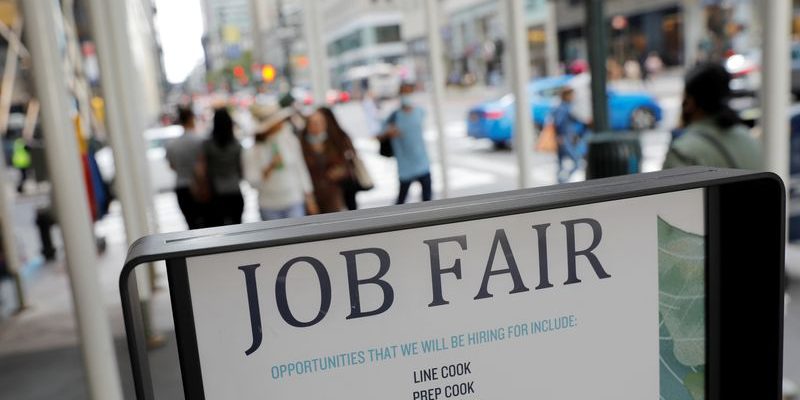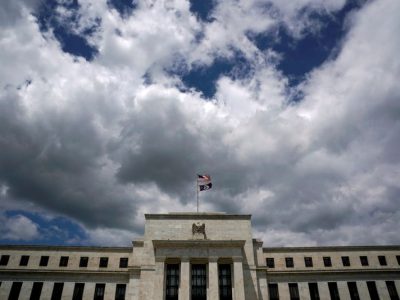
WASHINGTON (Reuters) – The number of Americans filing new applications for unemployment benefits fell again last week, but many laid-off workers are experiencing long bouts of joblessness, keeping the door open to another interest rate cut from the Federal Reserve in December.
Initial claims for state unemployment benefits dropped 2,000 to a seasonally adjusted 213,000 for the week ended Nov. 23, the Labor Department said on Wednesday. The report was published a day early because of the Thanksgiving holiday on Thursday.
Economists polled by Reuters had forecast 216,000 claims for the latest week. Claims have retreated from the near 1-1/2-year high seen in early October, which was the result of hurricanes and strikes at Boeing (NYSE:BA) and another aerospace company.
They are now at levels consistent with low layoffs and a rebound in employment in November. In October the storms and recently ended seven-week Boeing strike reduced the increase in nonfarm payrolls to a paltry 12,000 jobs.
Despite the anticipated bounce back in payrolls, the unemployment rate is likely to be unchanged or even rise this month. The number of people receiving benefits after an initial week of aid, a proxy for hiring, increased 9,000 to a seasonally adjusted 1.907 million during the week ending Nov. 16, the claims report showed.
The elevated so-called continuing claims suggest that many laid off workers are finding it difficult to land new jobs.
The continuing claims data covered the period during which the government surveyed households for November’s unemployment rate. The jobless rate has held steady at 4.1% for two straight months. The employment report for November would be crucial for the U.S. central bank’s rate decision in mid-December.
Most economists view a rate cut next month as a toss-up amid signs of a slowdown in the disinflation trend.
Minutes of the Fed’s Nov 6-7 policy meeting published on Tuesday showed officials appeared divided over how much farther they may need to cut rates. The Fed reduced borrowing costs by 25 basis points earlier this month, lowering its benchmark overnight interest rate to the 4.50%-4.75% range.
The U.S. central bank started easing policy in September, having hiked rates in 2022 and 2023 to combat inflation.












